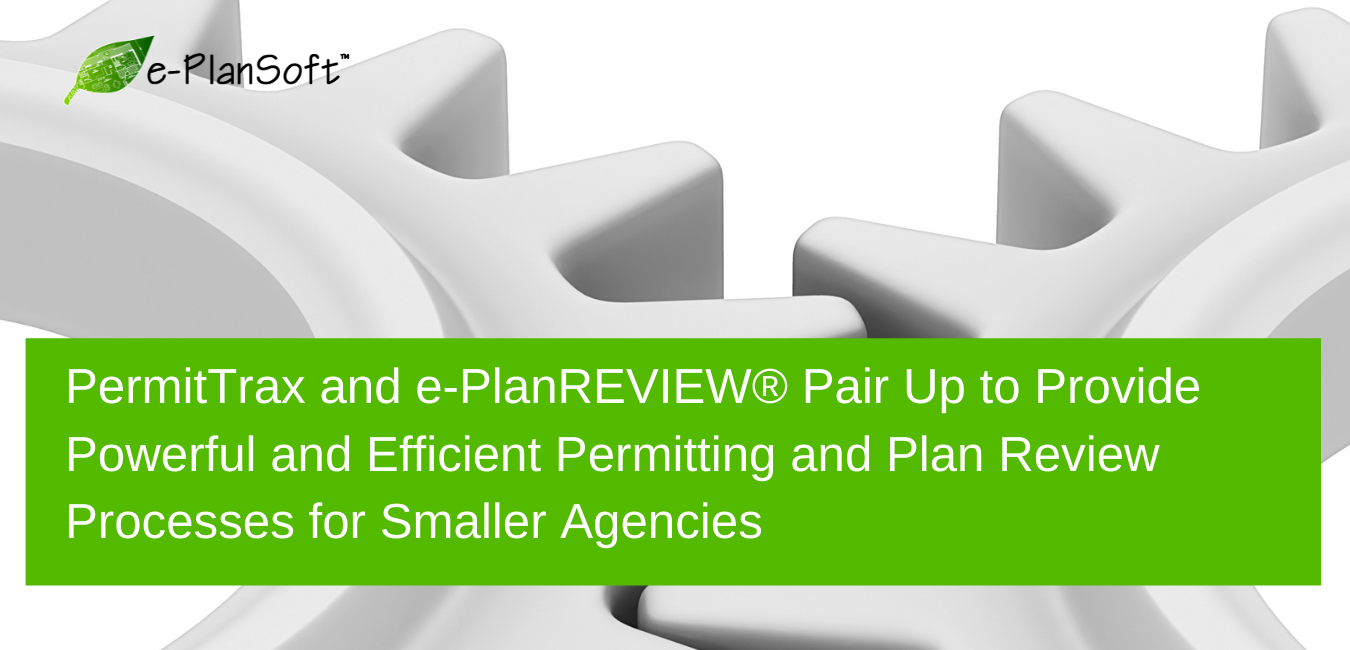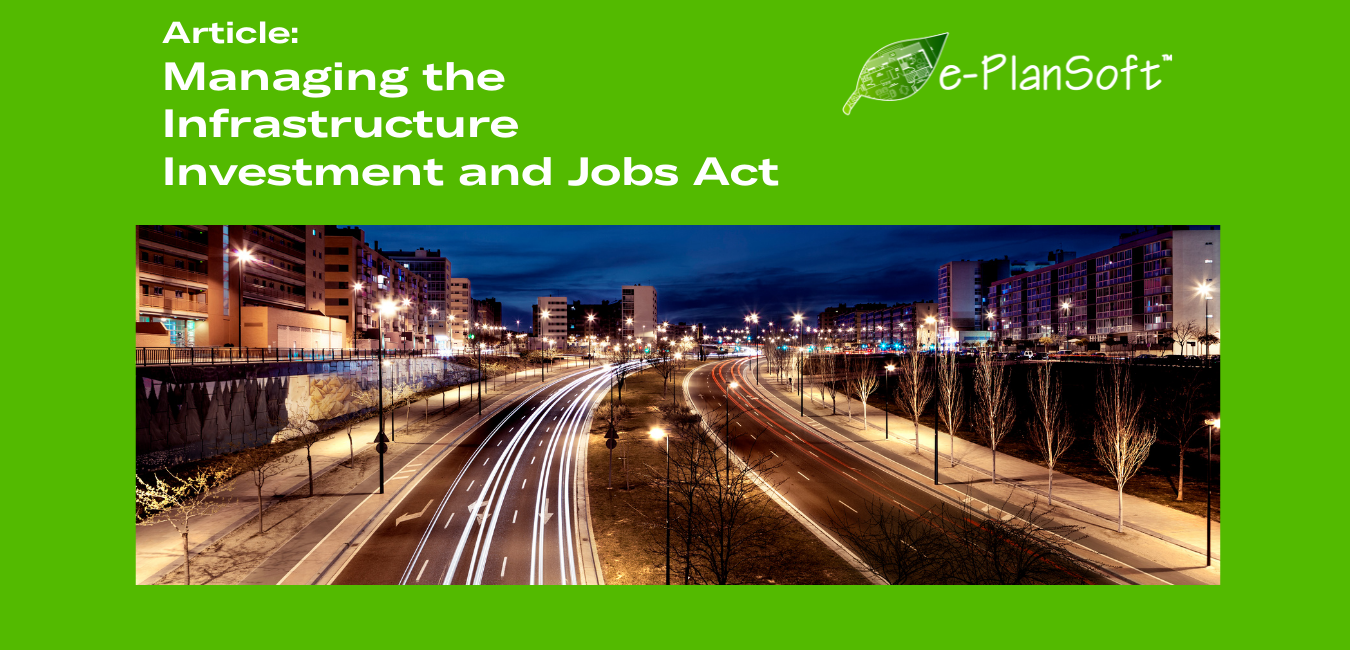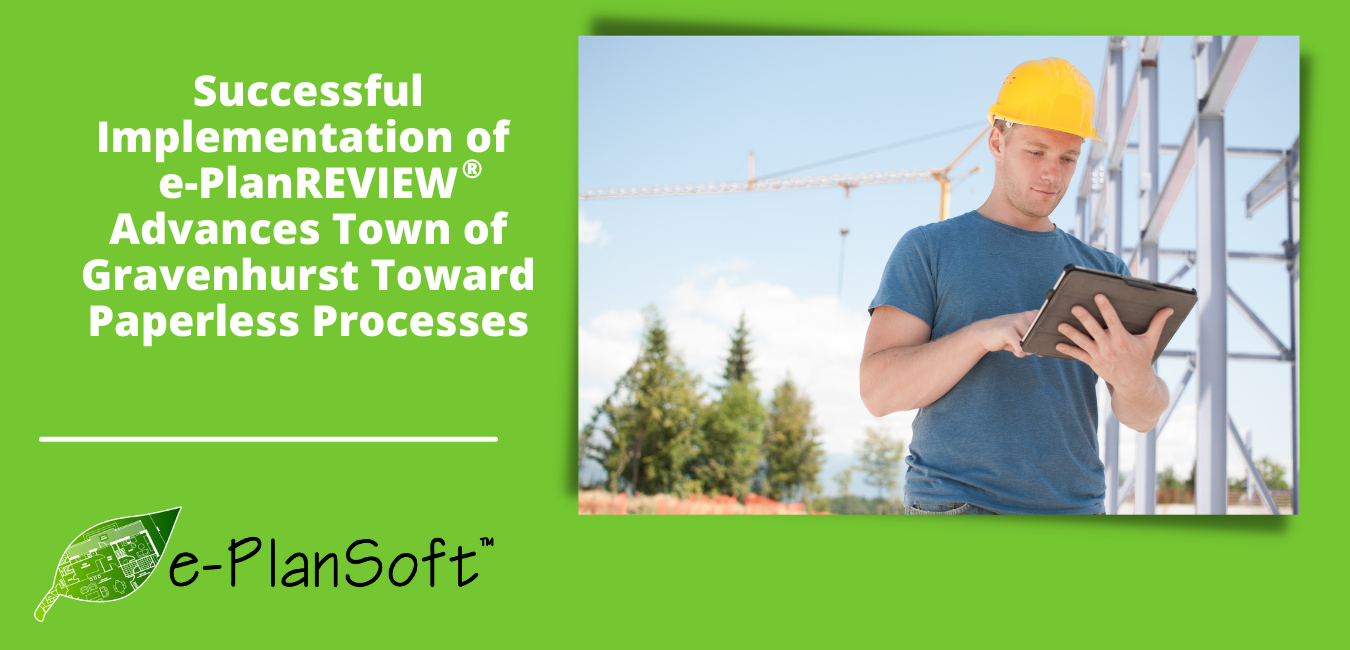3 Reasons Agencies Shouldn’t Tie Their Digital Plan Review Future to a Single Permitting Platform
As agencies modernize their digital plan review workflows, they’re aiming for faster turnaround times, higher transparency, and a more predictable...

Explore our 2024 comparative review, your ultimate guide through the top-tier plan review solutions.
3 min read
 e-PlanSoft™ Team
Jan 24, 2022 2:02:00 AM
e-PlanSoft™ Team
Jan 24, 2022 2:02:00 AM

Growing concerns for the environment and dependence on foreign entities for fuel for gas-powered vehicles have spurred the trend to electric or electric-hybrid vehicles. Currently, transportation represents 28% of the carbon emissions in the US. Adding to the momentum, California Governor Gavin Newsom has issued an executive order requiring sales of all new passenger vehicles to be zero-emission by 2035. In 2020, approximately 300,000 electric vehicles were sold, accounting for about 2% of the new vehicles sold across America. However, by 2030, those numbers are expected to increase to 35 million. The fundamental shift to electric vehicles has created a rapidly increasing demand for electric vehicle charging stations.
The increased demand for electric vehicle charging stations was the impetus for California Bill AB-1236, which required local agencies to adopt an ordinance that creates an expedited streamlined permitting process for EV charging stations, and subsequently California Bill AB-970. AB-1236 isn’t new – it was passed in 2015 to establish requirements for cities & counties to streamline their permitting for residential and non-residential electric vehicle charging stations. For local agencies with a population greater than 200,000 it was required by September 30, 2016, and for those with populations under 200,000, the deadline was September 30, 2017. However, as of March 11, 2021, only 24 percent of the cities and counties in California were in compliance with the law.
California Bill A-970 specifies that the laws of AB-1236 apply to all California cities, including charter cities. The bill went into effect on January 1, 2022 for every city, county, and city and county with a population over 200,000, and will be in effect on January 1, 2023 for those with populations under 200,000.
In short, agencies are generally taking longer than required by the laws to push permitting through for EV charging stations. And ultimately, California’s drivers are affected when they can’t access charging stations as needed. Imagine if you were driving a gas-only powered car but had no access to a gas station across substantial areas of your travels. It goes far beyond inconvenient and into the realm of being dangerous.
The Bills impose time restrictions to accept applications for electric charging stations as complete and then to approve the applications. For a busy agency, the deadlines can mean rushing through the application and plans, or even worse, if the deadline is missed, then the application is deemed to be approved, if not specifically not approved. How strict are the deadlines? An application to install must be deemed complete 5 or 10 business days (depending on the number of charging stations proposed in the application) after it was submitted. Once accepted, the imposed timing continues. Agencies have 20 or 40 business days, also based on the number of charging stations proposed, to approve, and assuming the application hasn’t been denied, it will be assumed to be approved.
Depending on an agency’s workload and permitting processes, such strict deadlines can create an additional burden on an already full workload. If the deadlines aren’t daunting to your agency, that’s great. But remember, the Infrastructure Investment and Jobs Act has been passed and will bring with it a large flux of projects. It’s all good news, but at the same time, can be an additional burden to agencies who aren’t equipped with tools to automate and streamline the plan review process.
The deadlines set out in AB-1236 and AB-970 don’t allow for flexibility, so keeping up with your workload is a priority that can’t be compromised. Fortunately, meeting deadlines is a feasible goal. By taking a proactive approach your agency can meet strict deadlines efficiently and without stress. How? By adopting a tool for digital intake and plan reviews.
Cloud-based e-PlanREVIEW® was built on innovation to improve the way plan reviews are performed. e-PlanREVIEW allows you to perform plan reviews with the process that best works for your agency while eliminating the inefficiencies of manual processes at every stage of the review cycle.
Starting with intake, the process can be pared down by up to four full days. The manual, time-intensive procedure of receiving plans through counter staff, one set at a time is reworked to allow submittals to come in electronically at any time, from 24/7 to any hours you choose. The time savings are enhanced by e-PlanSoft’s™ PDF Scout™ file inspection tool, which vets files to ensure they fall within set standards and are suitable for review.
e-PlanREVIEW’s streamlined workflows, process automation, and robust tools reduce the time to approval by eliminating unnecessary time lags that are common with manual paper processes. And automatic notifications ensure that projects don’t sit idle in participants’ queues. e-PlanREVIEW also facilitates improved collaboration and communication across departments and with all project participants, including the applicant. Further eliminating manual processes, you can rest assured that your communications with other participants and with applicants remain with the project, so there’s no need to manually attach various communications to the project, as some solutions require.
Find out for yourself how much faster and more efficient your plan reviews can be. Request a demo at

As agencies modernize their digital plan review workflows, they’re aiming for faster turnaround times, higher transparency, and a more predictable...

Across government agencies, one theme keeps coming up: staff need to do more with less. Reviewers are juggling high volumes of complex plan sets...

Remote work has become a normal part of life for building and planning departments. Whether during office closures, holidays, or hybrid schedules,...

It can be a challenge for public agencies to find the right solution for their needs. The challenge increases as the criteria increases and such are...

What it isAfter months-long negotiations, the bill now known as the Infrastructure Investment and Jobs Act has been signed into law. If you’ve been...

FOR IMMEDIATE RELEASE